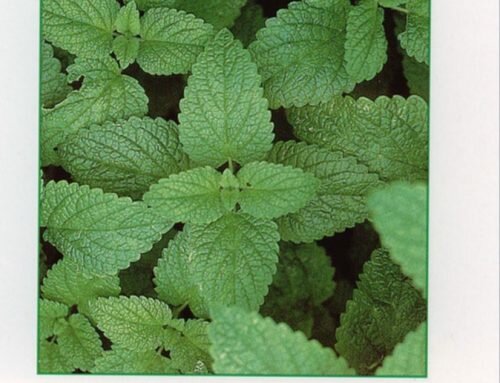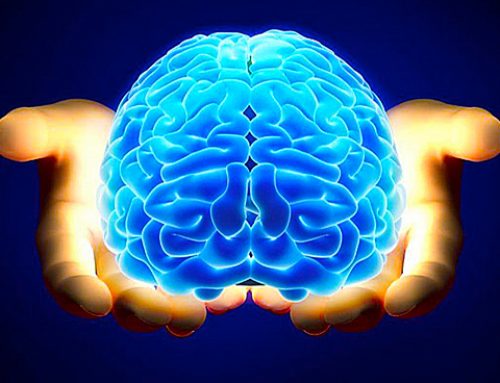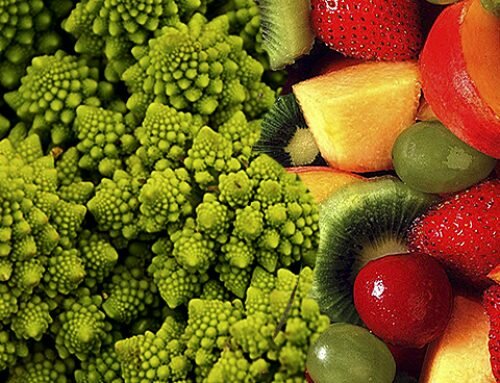The power of seaweed rich in nutrients, iodine free and spiral shaped
Spirulina is a small algae with high nutritional richness, in fact, it contains many active ingredients: vegetable proteins comprising eight essential and nine non-essential in correct proportion (one must remember that essential amino acids can not be produced by the human body, but must be introduced by means of diet), all the B group vitamins and in particular a moderate amount of vitamin B12. It is also rich in vitamin E and beta-carotene, precursors of vitamin A. Among minerals it contains iron, magnesium, potassium, zinc and traces of selenium, chromium and boron.
The particularity of spirulina is that despite being a saltwater seaweed it contains very little sodium and contains no iodine, it is also rich in gamma-linolenic acid (omega-6 in net prevalence over omega-3) which helps in the regulation of blood pressure, prevents the formation of atheromatous plaques by regulating cholesterol levels in the blood and participates in the formation of the myelin sheaths that cover nerves, while also improving the functionality of the immune system, this substance is also helpful in reducing the symptoms of premenstrual syndrome.
The coupling of carotenoids (vitamin A) + ascorbic acid (vitamin C) + tocopherol (vitamin E) + various pigments including chlorophyll makes this algae a powerful anti-oxidant. Chlorophyll cleanses blood by removing toxins and stimulating liver function, as well as its synergy with vitamin B12, folic acid and iron that stimulate the production of red blood cells.
Being a highly nutritious algae it can be considered a balancer of many diets from a metabolic and toxin detoxifier point of view as well as for its sensation of satiety provided by its components that rapidly pass into circulation keeping stable blood sugar.
For this reason it should be taken an hour before meals.
We can affirm that it is useful for many aspects of life, to counter stress and intoxication from smoking, as well as during convalescence, depression, pregnancy, breastfeeding, to counteract aging and to improve the concentration in adults and adolescents.
The use of spirulina dates back to the pre-Columbian era and was widely used by the Aztecs. It is known for certain that also the Romans used it by to feed the African colonial populations.
The purity of the algae is essential, the best quality comes from Hawaii. For its growth it requires tropical solar radiation and a temperature of approximately 35°C.
It is also important that it must be stored in containers with opaque violet glass to prevent degradation and to conserve energy biophotonics. Absorbed by the alga through solar radiation. Its spiral shape makes it symbolically similar to all human and animal vital structures that reproduce the spiral wave form.
Bearing in mind that it does not contain iodine can be used in hyperthyroidism.
It is found in both powder and tablets that depending on the concentration of the active ingredients of the alga can be taken from 6 to 20 per day.






Scrivi un commento